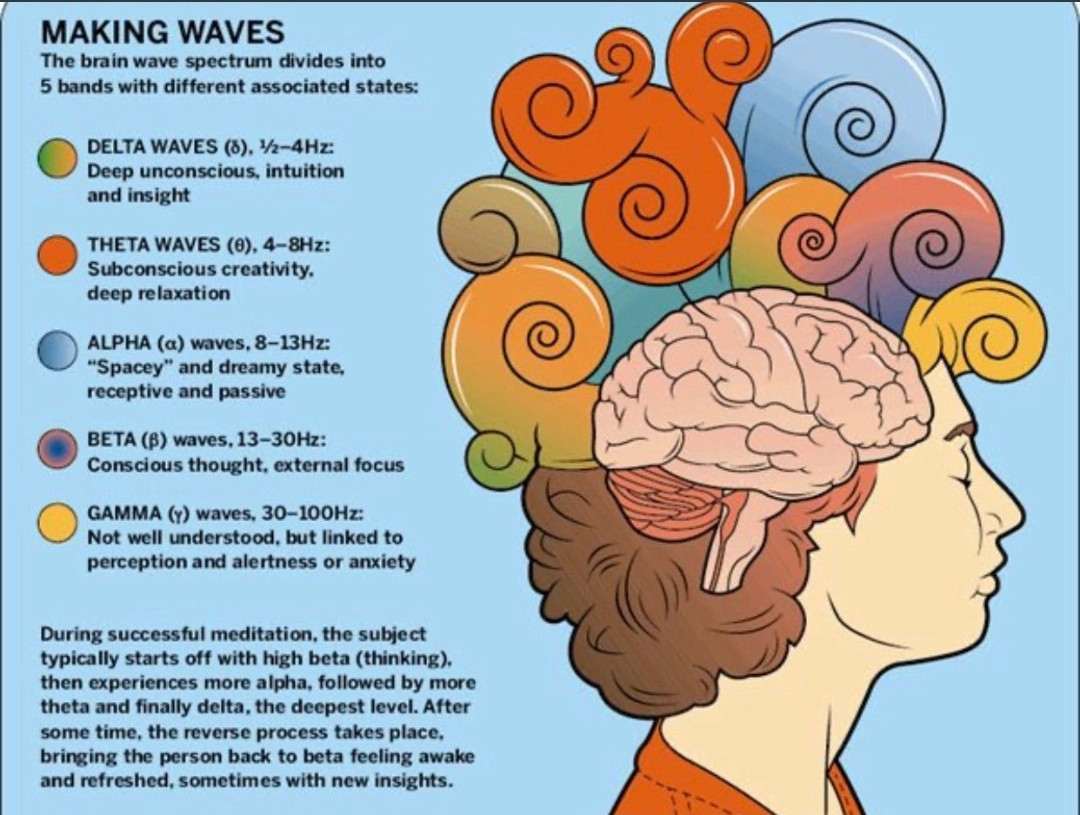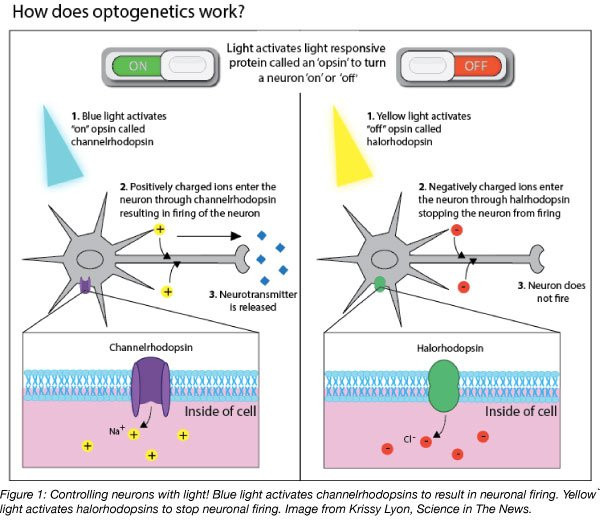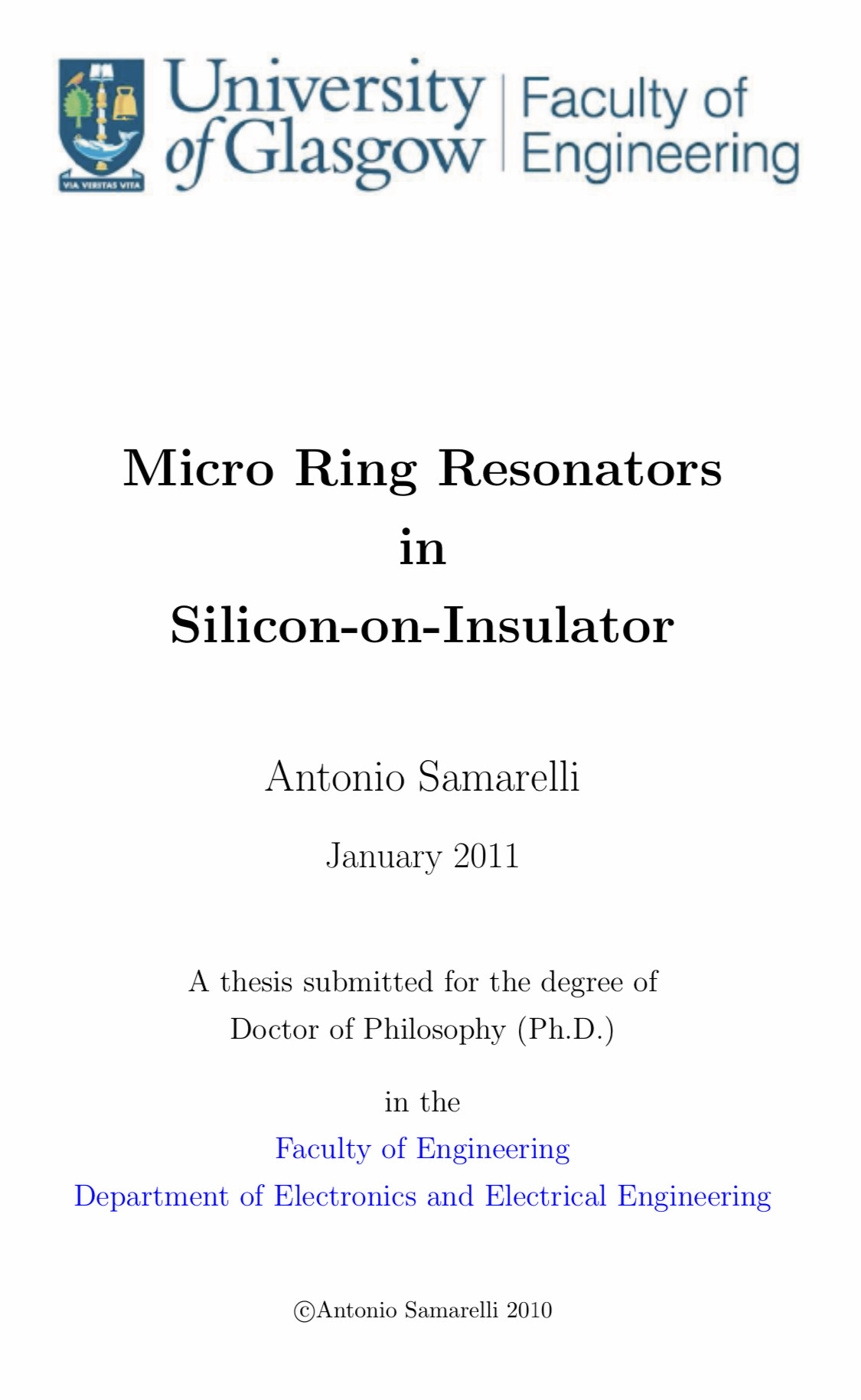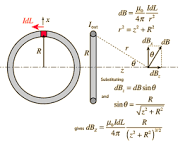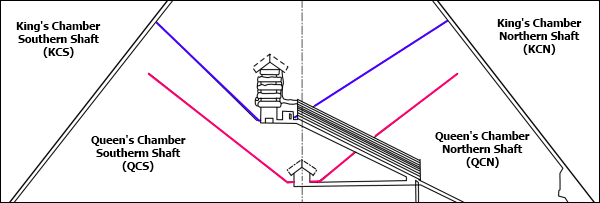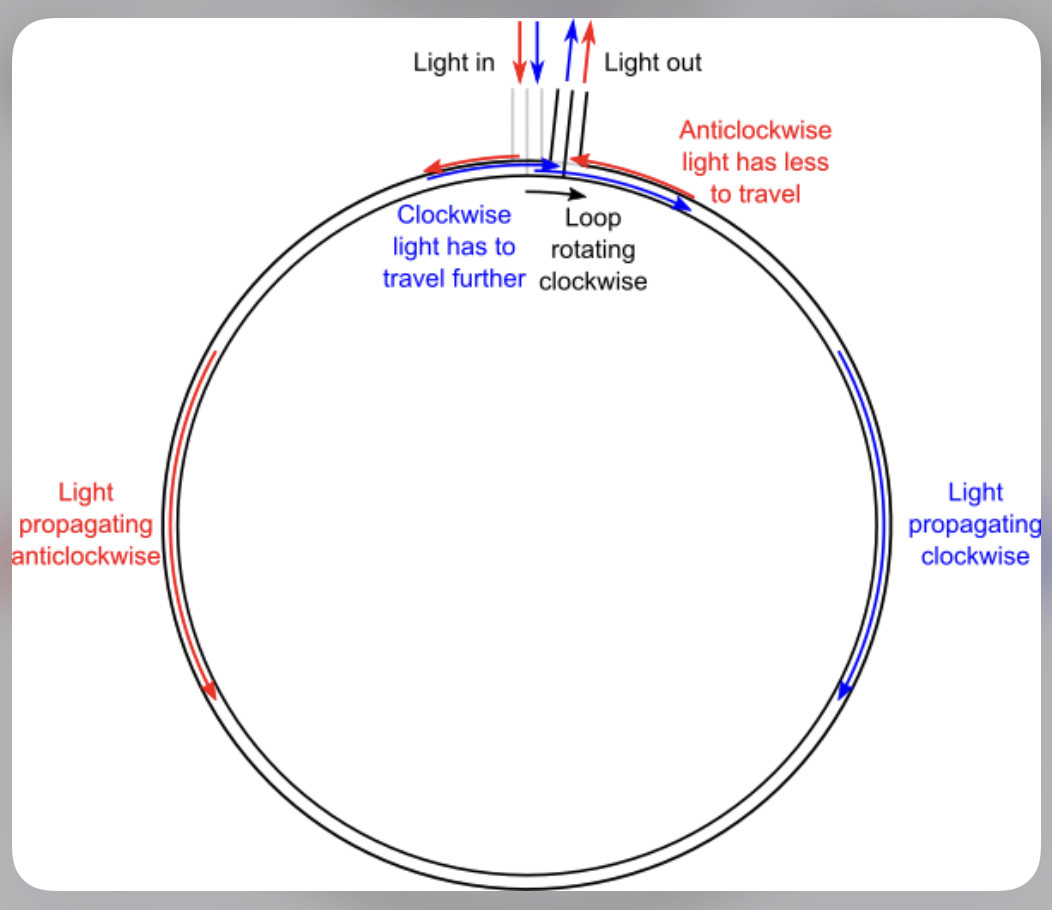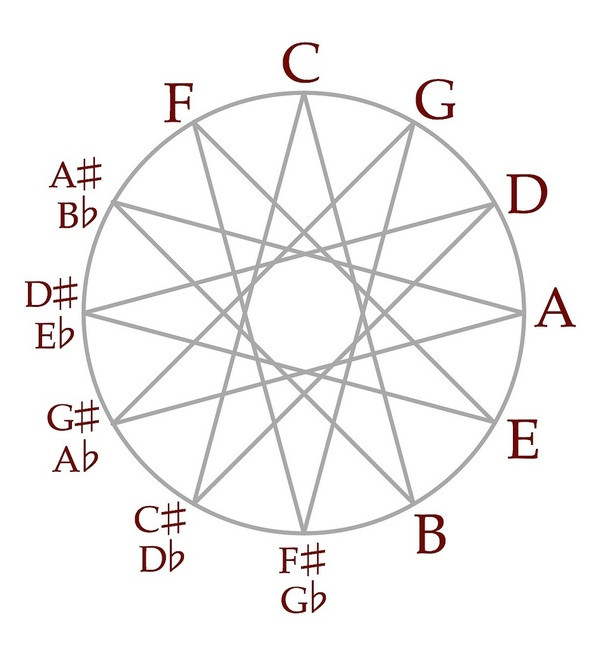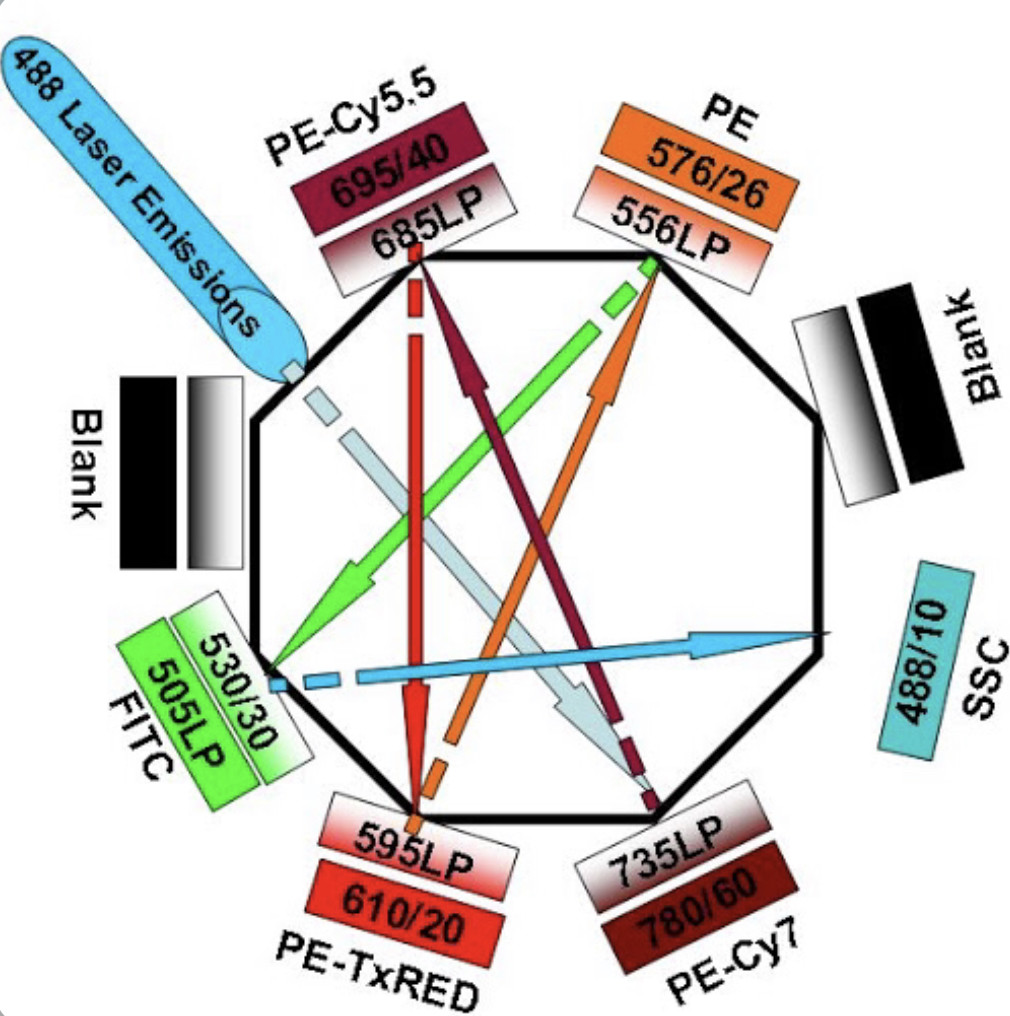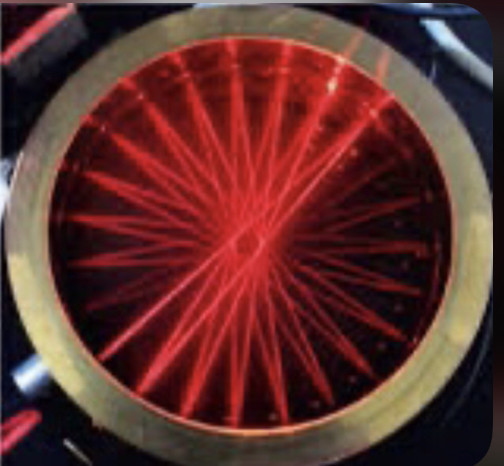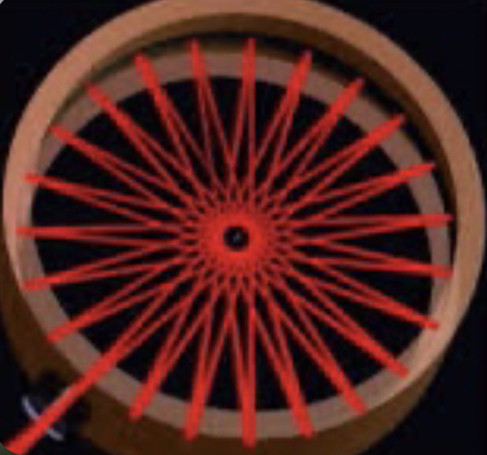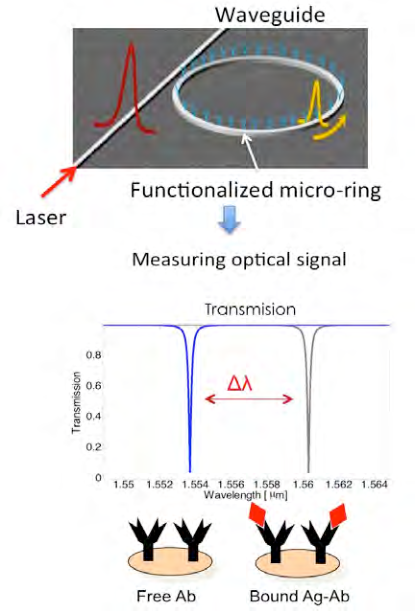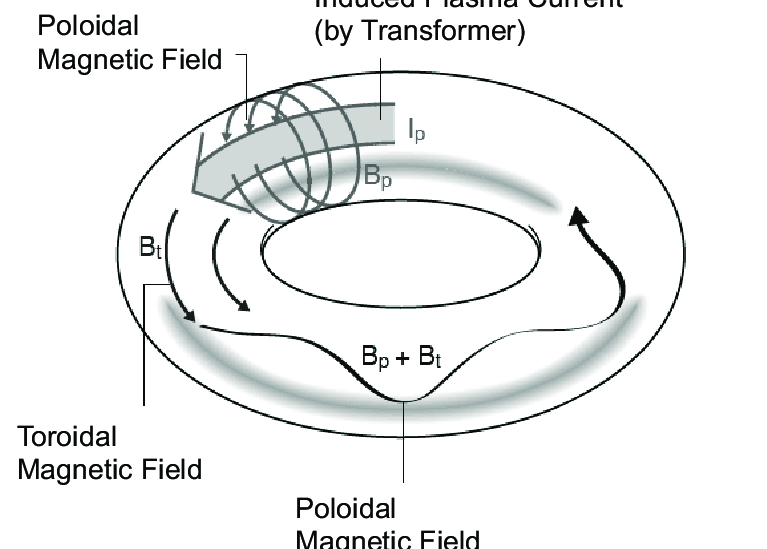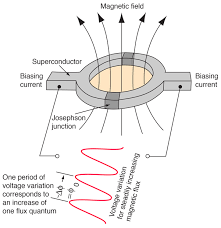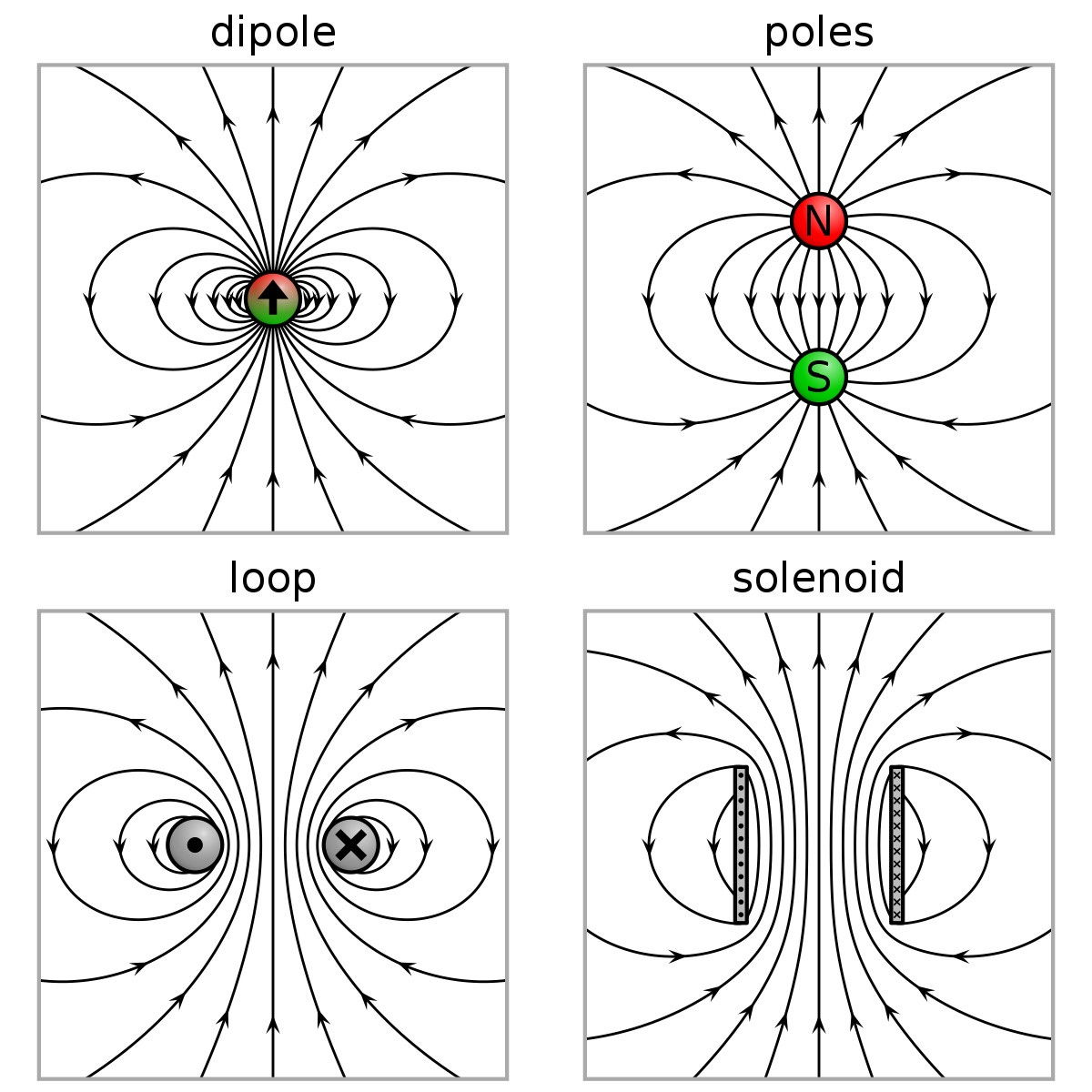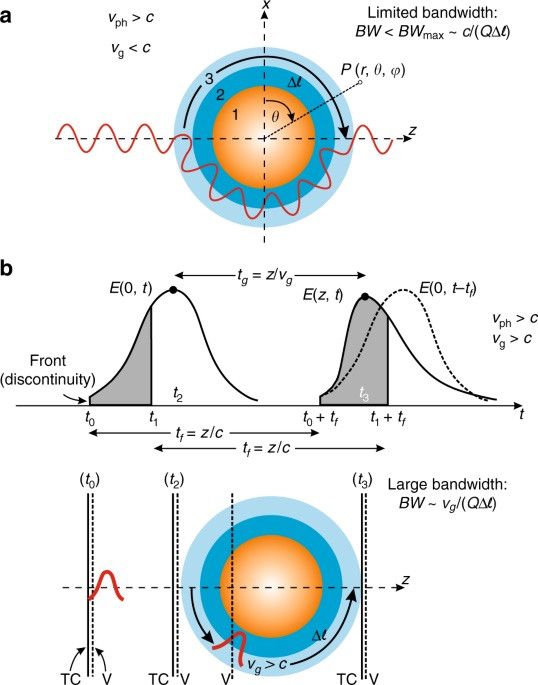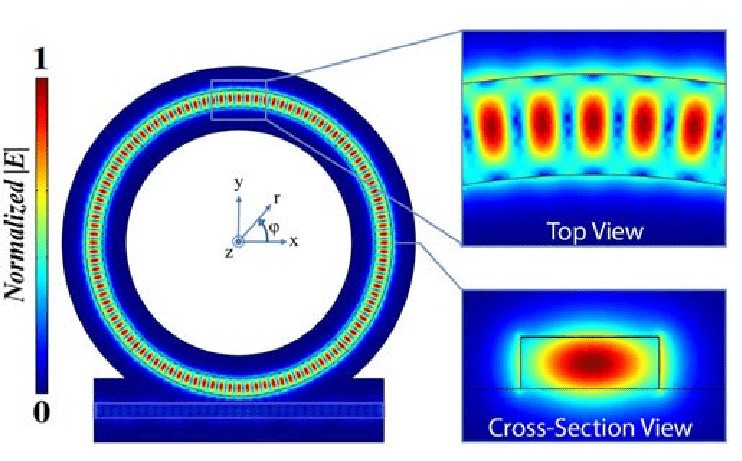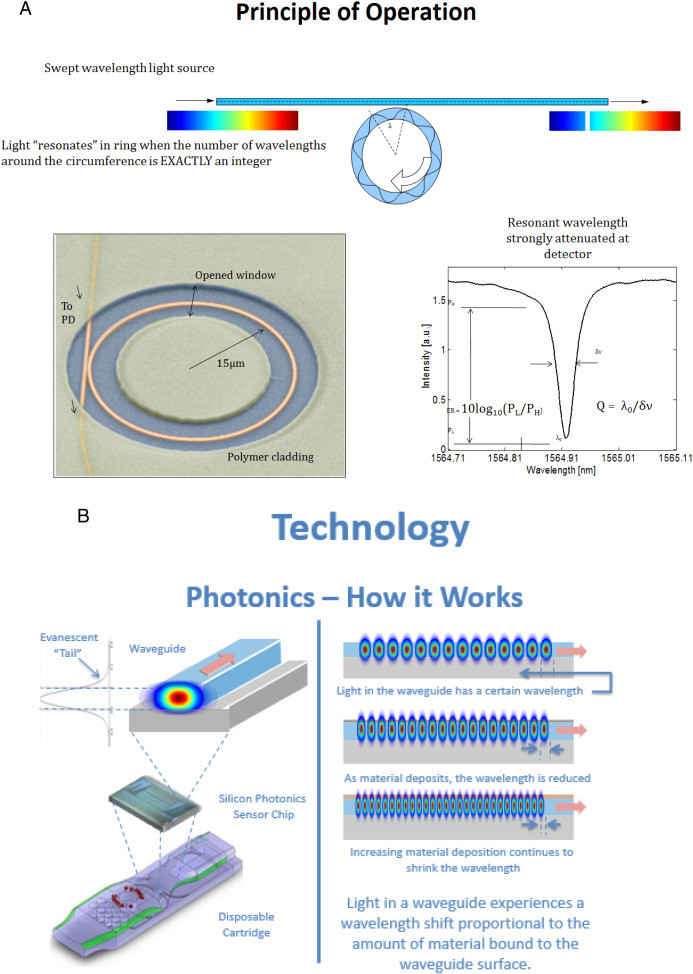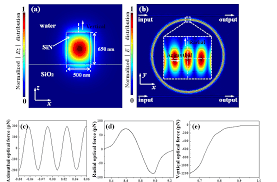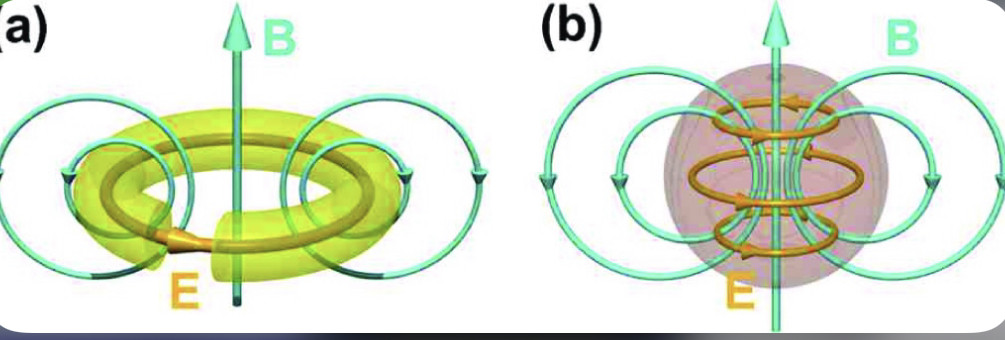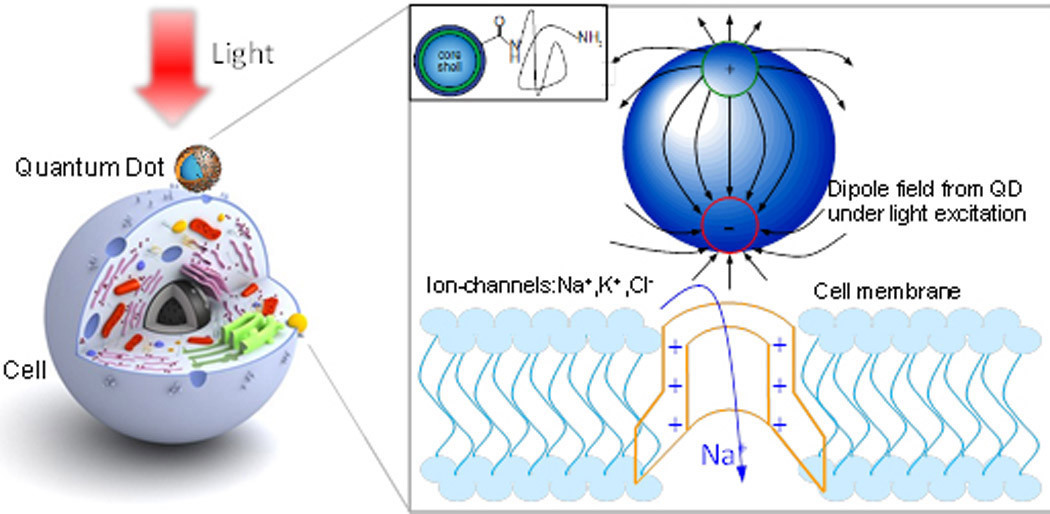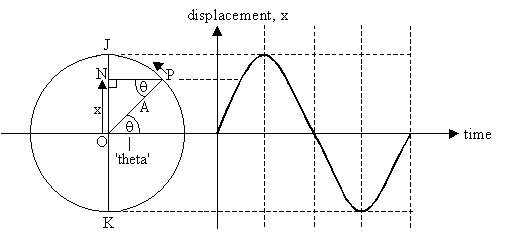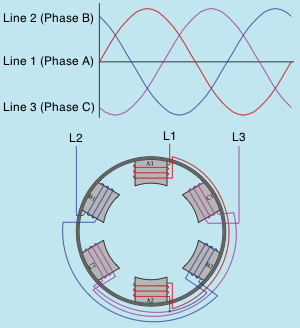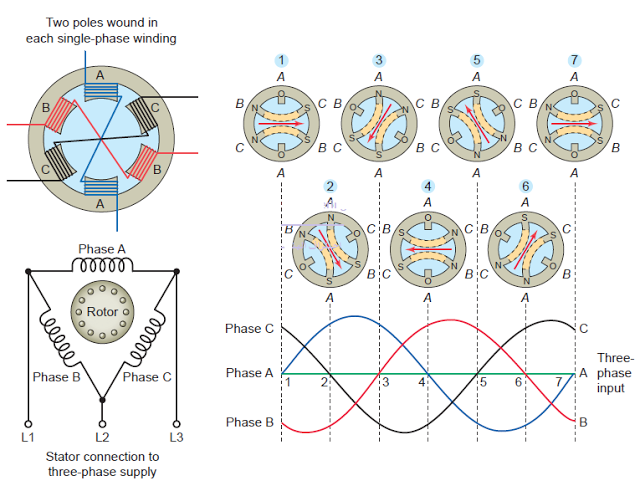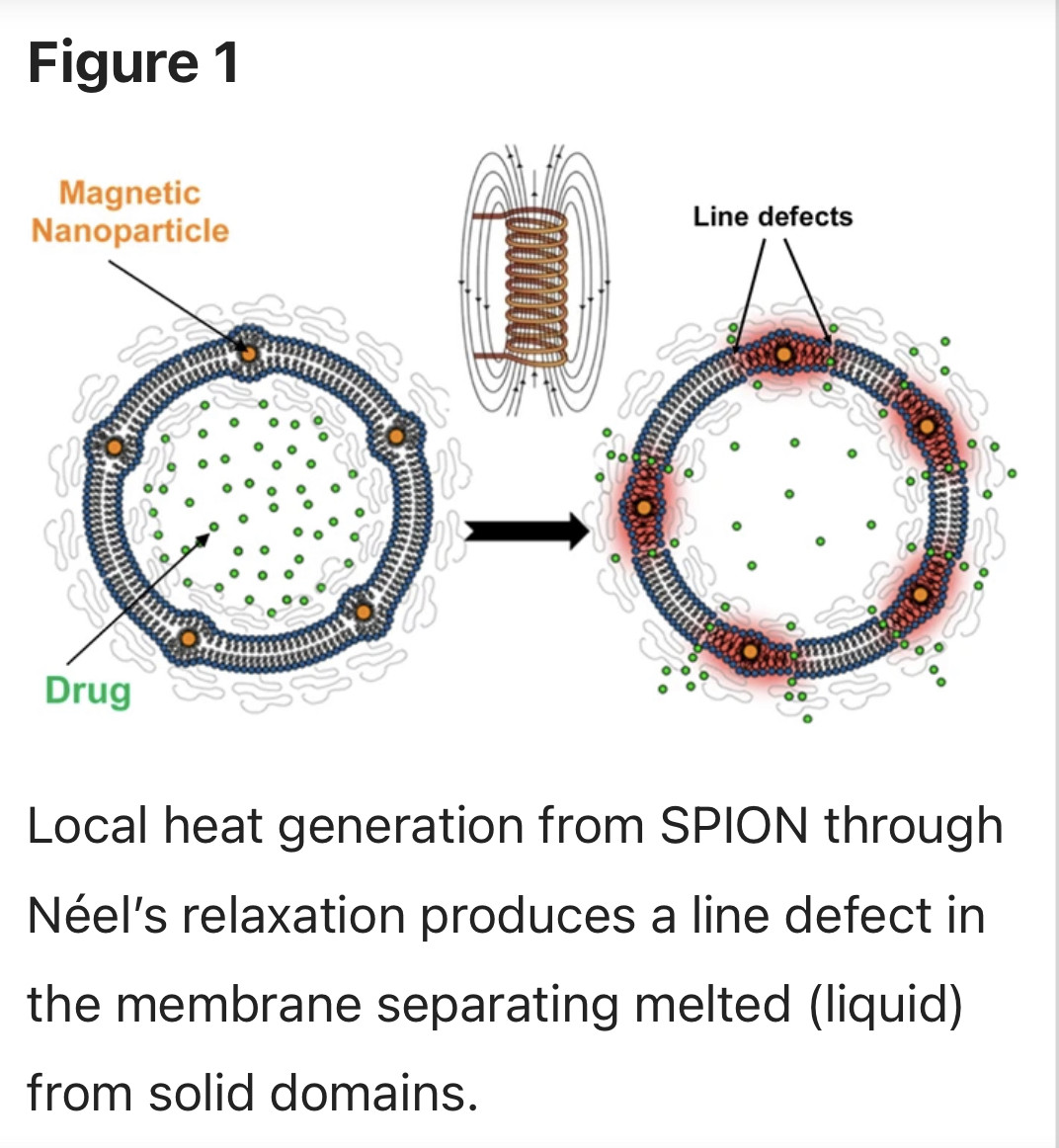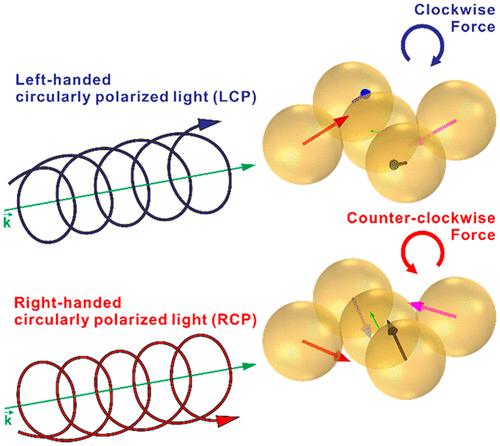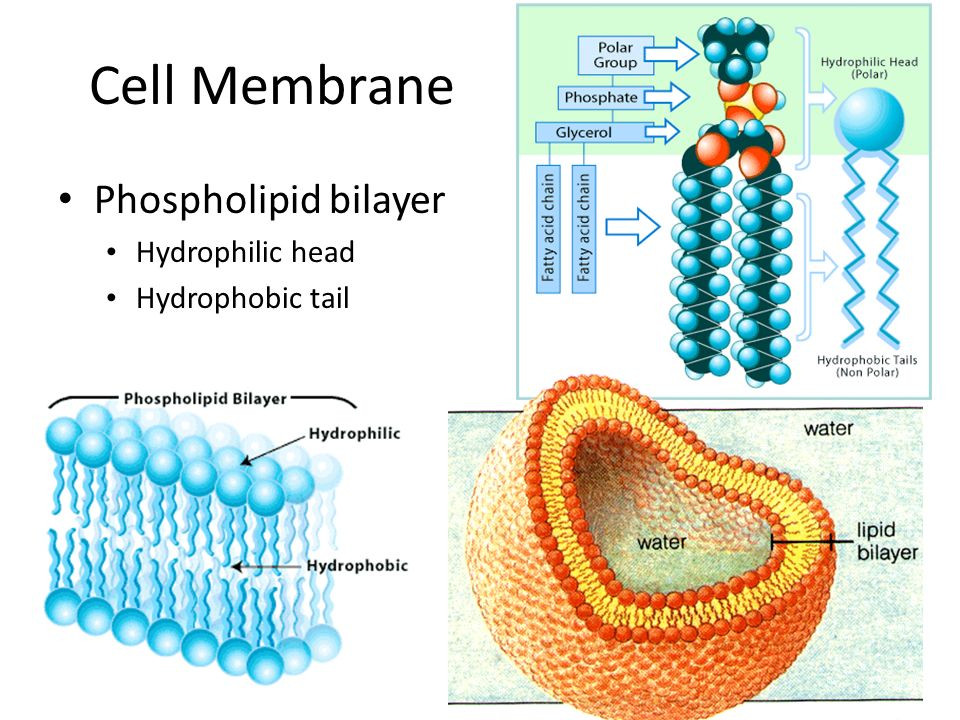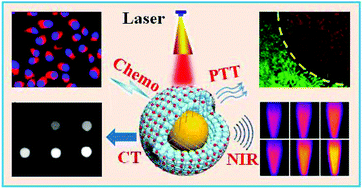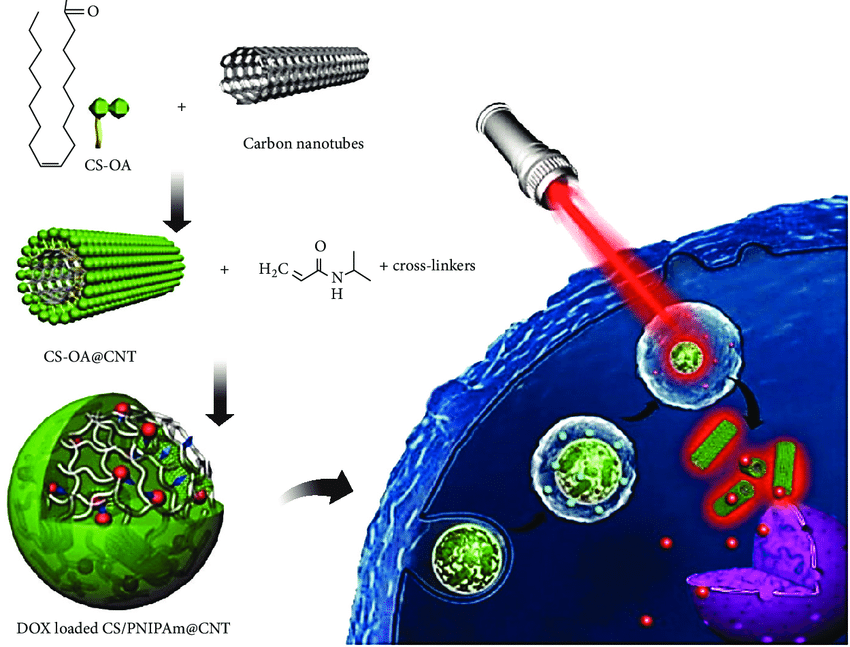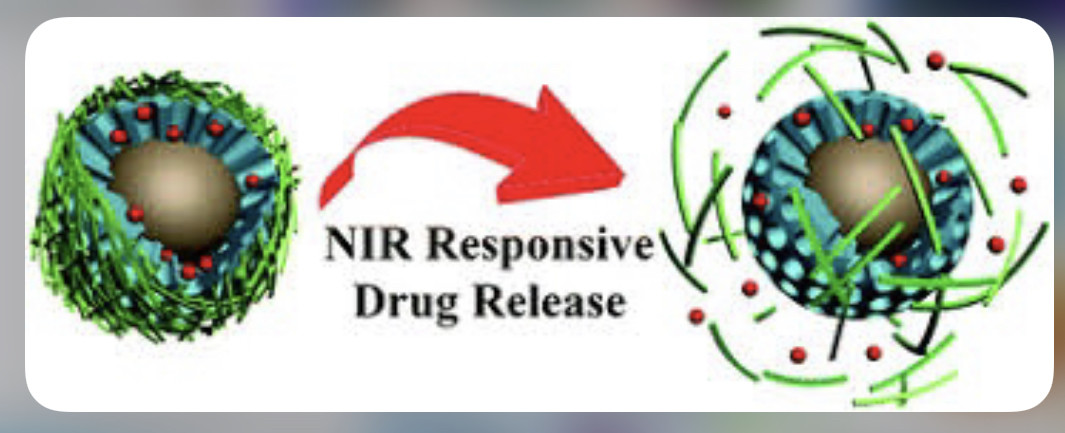Nana, Direct Internal connection to God, WWG1WWA, MAGA, Angels are here already #FightLikeGodIsBesideYou
All you have to do is Google or Duckduckgo:
Frequency music sleep
Frequency music God
Frequency music 8 hour
Frequency music healing
Frequency music DNA
Frequency music Love
Pick your desired result.
Dont expect things to happen overnight sometimes it takes a while, the more grounding you do and the more you cleanse your body and pineal gland the more the return.
I also drink no more than 10 oz of tonic water with quinnine per day along with a vitamin regimine.
I heard today that apricot juice is a good cleanser too, gonna try that. No floride! Research cleansing pineal gland & groun
Frequency music and... Quantum Dots?
https://aip.scitation.org/doi/10.1063/1.5126670?af=R&feed=most-recent&
Child of God, truth-seeker finder and sharer, patriot, inspired and fired up!
Hmmm.. They have a number of interesting grants supporting their work. 🤔
"The light emitted by optically excited quantum dots is used as a"... 🧠?
Harvey (1929) fortuitously observed the excitation of peripheral nerves by ultrasound (US), which is the first time UNM was reported. Several decades later, studies showed that FUS could propagate across the skull and efficiently modulate the activity of mammalian brain tissue in vitro and in vivo (Mueller et al., 2014; Tyler et al., 2018).
UNM has been utilized in a variety of clinical situations, such as an analgesic strategy for cancer-related and neuropathic pain, neurosurgery for Parkinson’s disease or essential tremor, urological surgery to ablate renal cell carcinoma or prostate cancer, and thrombolysis within cerebral vessels (Dobrakowski et al., 2014; Klatte et al., 2014; Strauss et al., 2014; Ahmed et al., 2015). Owning to its non-invasive property and enhanced spatial focus, UNM has emerged as a promising non-invasive UNM approach and has the potential to treat neurological disorders.
Recently, optogenetics and magnetogenetics, which combine optics or magnetics with genetics, were proposed and proven to be novel approaches for cellular specific neuromodulation (Aston-Jones and Deisseroth, 2013; Monzel et al., 2017). However, both methods have difficulty in delivering stimuli to targeted regions of neurons located in the deeper brain (Fregni and Pascual-Leone, 2007).
Surprisingly, Ibsen et al. (2015) firstly combined ultrasonic with genetics in controlling the behavior of C. elegans in 2015. The study showed that US could elicit cell-specific excitation in ultrasonically sensitized objects. Afterward, the concept of ‘sonogenetics’ was proposed.
Although orders of magnitude smaller and computationally faster than neurons, conventional substrate-bound electronics do not recapitulate the chemical and mechanical properties of neural tissue. This mismatch results in a foreign-body response and the encapsulation of devices by glial scars, suggesting that the design of an interface between the nervous system and a synthetic sensor requires additional materials innovation.
Advances in genetic tools for manipulating neural activity have fuelled the demand for devices that are capable of simultaneously recording and controlling individual neurons at unprecedented scales. Recently, flexible organic electronics and bio- and nanomaterials have been developed for multifunctional and minimally invasive probes for long-term interaction with the nervous system.
In this Review, we discuss the design lessons from the quarter-century-old field of neural engineering, highlight recent materials-driven progress in neural probes and look at emergent directions inspired by the principles of neural transduction.
Implantable neural probes are defined as devices implanted into the brain or other nervous tissues. Communication between neurons in the brain occurs via electrical and chemical signals. ... Biocompatibility, biochemical stability, and miniaturization are also important, as neural probes must be inserted into the brain.
By harnessing quantum dots-tiny light-emitting semiconductor particles a few billionths of a meter across-researchers at the University of Washington (UW) have developed a new and vastly more targeted way to stimulate neurons in the brain.
Semiconductor quantum dots are promising hosts for qubits to build a quantum processor. In the last twenty years, intensive researches have been carried out and diverse kinds of qubits based on different types of semiconductor quantum dots were developed. Recent advances prove high fidelity single and two qubit gates, and even prototype quantum algorithms.
These breakthroughs motivate further research on realizing a fault tolerant quantum computer. In this paper we review the main principles of various semiconductor quantum dot based qubits and the latest associated experimental results. Finally the future trends of those qubits will be discussed.
"Finally the future trends of those qubits will be discussed"... 🤔
disc
used
Waveguide-coupled silicon ring or disk resonators have been used for optical signal processing and sensing.
Optical waveguide device like micro-ring resonator (MRR) is basically a ring waveguide acting as the resonant cavity with one or two bus waveguides acting as input and output ports. The coupling mechanism involved in this device is the evanescent coupling between ring and adjacent bus waveguide.
An optical ring resonator is a set of waveguides in which at least one is a closed loop coupled to some sort of light input and output. ... Additionally, as implied earlier, two or more ring waveguides can be coupled to each other to form an add/drop optical filter.
"a closed loop coupled to some sort of light input and output" ???
ENCIRCLED
AN ENCIRCLING
surround
enclose
circle
ring
encompass
circumscribe
border
bound
edge
skirt
fringe
form a ring around
form a barrier round
close in
shut in
fence in
wall in
hem in
lock in
cut off
confine
gird
girdle
engird
In physics, specifically electromagnetism, the magnetic flux through a surface is the surface integral of the normal component of the magnetic field B over that surface. It is usually denoted Φ or ΦB. The SI unit of magnetic flux is the weber (Wb; in derived units, volt–seconds), and the CGS unit is the maxwell. Magnetic flux is usually measured with a fluxmeter, which contains measuring coils and electronics, that evaluates the change of voltage in the measuring coils to calculate the measurement of magnetic flux.
Photon-to-matter chirality transfer offers both simplicity and universality to chiral synthesis, but its efficiency is typically low for organic compounds. Besides the fundamental importance of this process relevant for understanding the origin of homochirality on Earth, new pathways for imposing chiral bias during chemical process are essential for a variety of technologies from medicine to informatics. The strong optical activity of inorganic nanoparticles (NPs) affords photosynthetic routes to chiral superstructures using circularly polarized photons.
Although plasmonic NPs are promising candidates for such synthetic routes due to the strong rotatory power of highly delocalized plasmonic states (Ma et al. Chem. Rev. 2017, 117 (12), 8041), realization of light-driven synthesis of chiral nanostructures has been more challenging for plasmonic NPs than for the semiconductor due to the short lifetime of the plasmonic states. Here we show that illumination of gold salt solutions with circularly polarized light induces the formation of NPs and their subsequent assembly into chiral nanostructures 10-15 nm in diameter.
Despite their seemingly irregular shape, the resulting nanocolloids showed circular dichroism (CD) spectra with opposite polarity after exposure to photons with left and right circular polarization. The sign and spectral position of the CD peaks of illuminated dispersions matched those calculated for nanostructures with complex geometry identified from electron tomography images.
Quantification of the complex shapes of NP assemblies using chirality measures revealed a direct correlation with the experimental spectra. The light-driven assembly of chiral nanostructures originates from the asymmetric displacement of NPs in dynamic assemblies by plasmonic fields followed by particle-to-particle attachment. The ability of gold NPs to "lock" the chirality of the incident photons in assembled nanostructures can be used to create a variety of chiral nanomaterials with plasmonic resonances.
Surface plasmon resonance (SPR) is the resonant oscillation of conduction electrons at the interface between negative and positive permittivity material stimulated by incident light. SPR is the basis of many standard tools for measuring adsorption of material onto planar metal (typically gold or silver) surfaces or onto the surface of metal nanoparticles. It is the fundamental principle behind many color-based biosensor applications, different lab-on-a-chip sensors and diatom photosynthesis.
Lipid asymmetry arises, at least in part, from the fact that most phospholipids are synthesised and initially inserted into the inner monolayer: those that constitute the outer monolayer are then transported from the inner monolayer by a class of enzymes called flippases...
Roll back a bit?
"resonant oscillation of conduction electrons at the interface between negative and positive permittivity material stimulated by incident light."
Gram positive bacteria have cell walls composed mostly of a substance unique to bacteria known as peptidoglycan, or murein. ... Gram negative bacteria have cell walls with only a thin layer of peptidoglycan and an outer membrane with a lipopolysaccharide component not found in Gram positive bacteria.
The envelope of Gram-negative bacteria is composed of two distinct lipid membranes:
an inner membrane
and outer membrane.
The outer membrane is an asymmetric bilayer with an inner leaflet of phospholipids and an outer leaflet of lipopolysaccharide.
Light-Controlled Lipid Interaction and Membrane Organization in ...
by P Urban · 2018 · Cited by 12 · Related articles
10 Oct 2018 — The dynamic control of lipid membranes and membrane self-organization with light paves the way toward new applications in synthetic biology or as light-sensitive reagents in native cell membranes to control cellular functions in space and time.
InfraRed remote control
(InfraRed remote control) A handheld, wireless device used to operate audio, video and other electronic equipment within a room using light signals in the infrared (IR) range.


